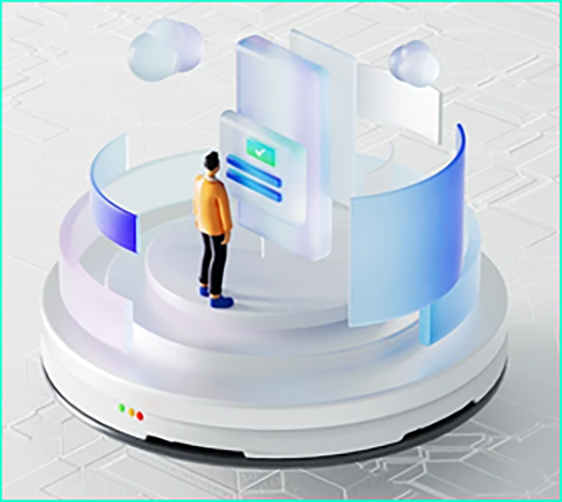Dynamic NFTs (dNFTs): The Next Evolution of Digital Assets

Dynamic NFTs (dNFTs) represent the next generation of non-fungible tokens, offering enhanced functionality and real-time adaptability. This article explores dNFTs, their key features, and potential use cases.
What are Dynamic NFTs?
Dynamic NFTs are NFTs that can change their properties over time based on external data and triggers. Unlike static NFTs with fixed metadata, dNFTs can evolve and update in response to real-world events or on-chain activity.
Key Features of dNFTs:
- Mutable metadata that can be updated
- Integration with oracles to access off-chain data
- Smart contract logic to trigger changes
- Ability to “grow” or evolve over time
Potential Use Cases for Dynamic NFTs
1. Proof-of-Traffic Analytics
dNFTs could track engagement metrics like view counts for digital content, providing on-chain analytics.
2. Dynamic Digital Identity
Personal websites or profiles stored as dNFTs that update to reflect a user’s evolving online presence.
3. Revenue Sharing for Collaborative Content
dNFTs enabling nested royalties for remixed or collaborative digital content.
4. Progression-Based Gaming
In-game avatars as dNFTs that level up and unlock new abilities based on player achievements.
5. Event Ticketing
dNFT tickets that grant evolving benefits or voting rights to event attendees.
The Future of dNFTs
As NFT technology matures, dynamic NFTs are poised to enable more complex and interactive use cases across industries like gaming, digital identity, and content creation. Their ability to reflect real-time data and evolve over time opens up exciting new possibilities for digital asset ownership and utility.
While still an emerging technology, dNFTs have the potential to drive the next wave of NFT adoption and innovation. Developers and entrepreneurs should keep a close eye on this space as new platforms and standards emerge.
